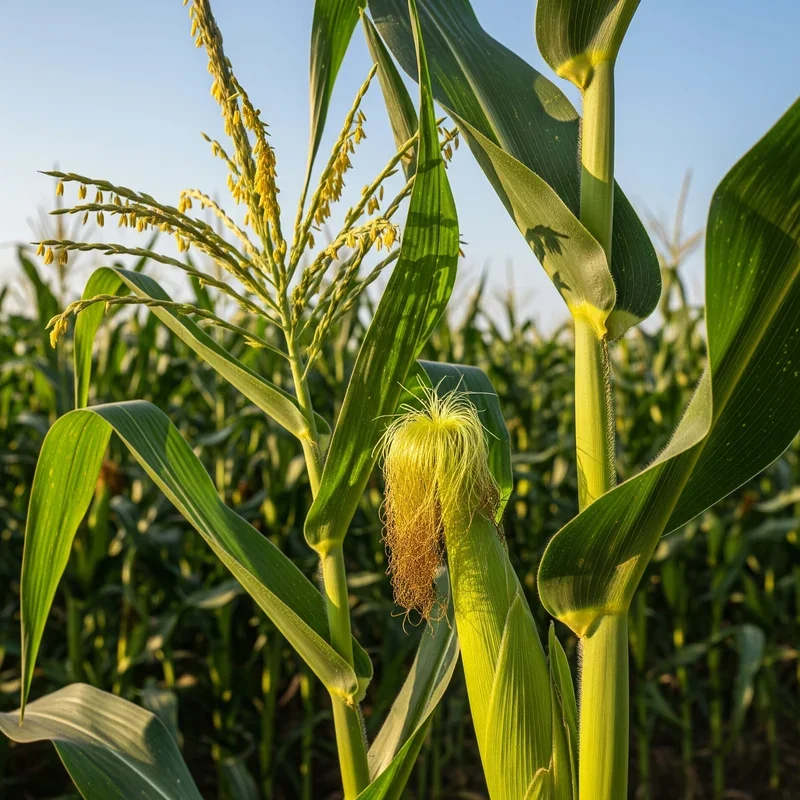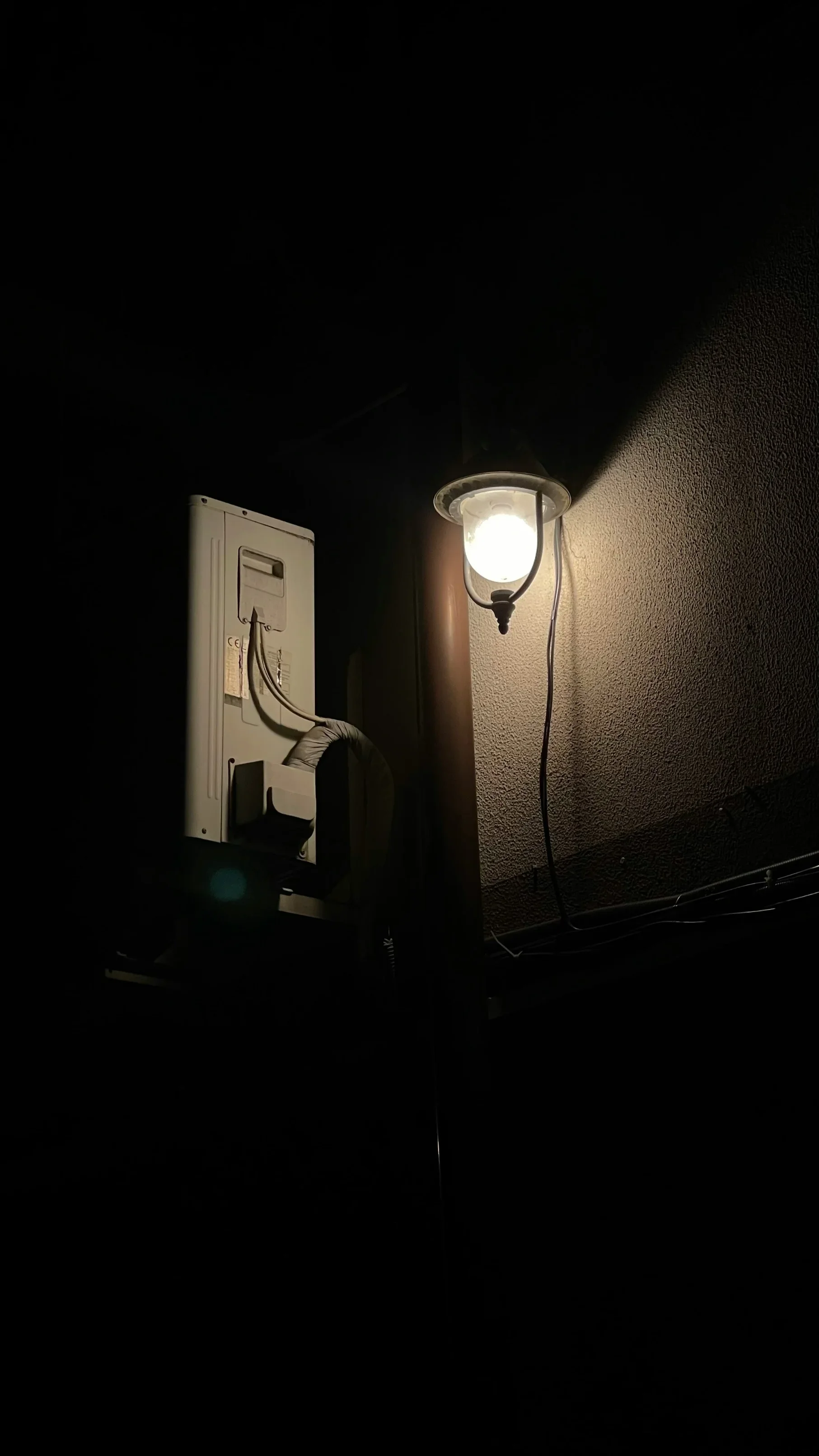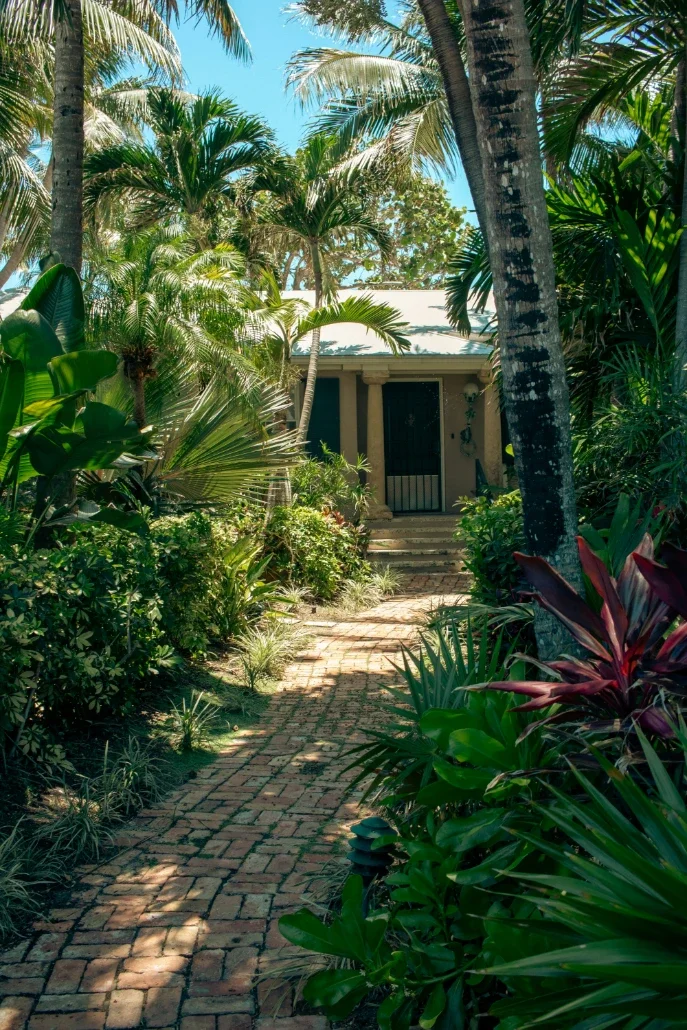When to Plant Corn for Healthy and Strong Harvests
Learn when to plant corn for healthy and strong harvests with expert timing tips, regional guides, and proven techniques for maximum yields!
Well, butter my biscuit, if you're not wondering about the perfect timing for planting corn! There's something almost magical about watching those tall stalks reach for the sky, isn't there? But here's the kicker: knowing exactly when to plant corn for healthy and strong harvests can make the difference between corn that'd make your grandma proud and stalks that look like they've given up on life.
Let me tell you, timing your corn planting isn't just about marking a date on the calendar and hoping for the best. Oh no, it's more like conducting an orchestra where soil temperature, frost dates, and Mother Nature all need to play in harmony. Get it right, and you'll be swimming in sweet, juicy kernels come harvest time. Miss the mark, and well, let's just say your corn might end up looking sadder than a scarecrow in a thunderstorm.
Whether you're a backyard gardener dreaming of summer barbecues or a farmer looking to maximize yields, understanding the ins and outs of corn planting timing is absolutely crucial. So grab your favorite gardening gloves and let's dig into everything you need to know about giving your corn the best possible start in life!
Understanding Corn's Growing Requirements
Before we dive into the "when," let's chat about the "what" that makes corn tick.
Temperature: The Make-or-Break Factor
Boy oh boy, corn is pickier about temperature than a cat about its food! This golden grain absolutely refuses to germinate properly when soil temperatures are below 50°F (10°C). But here's where it gets interesting: while corn will germinate at 50°F, it's like watching paint dry in January. The sweet spot? That's between 60°F and 95°F (15°C to 35°C), with the absolute best germination happening around 77°F (25°C).
Think of it this way: corn seeds are like teenagers on a cold morning. Sure, they'll eventually get moving when it's chilly, but warm them up a bit and they'll spring into action like there's free pizza involved!
Frost: Corn's Mortal Enemy
If frost is the Voldemort of the gardening world, then young corn plants are definitely Harry Potter in the first book, completely vulnerable! A late spring frost can wipe out your corn faster than you can say "crop failure." Even a light frost can damage young seedlings, turning those promising green shoots into wilted disappointments.
Here's the deal: corn needs about 60 to 100 frost-free days to reach maturity, depending on the variety. That's why understanding your local frost dates isn't just helpful; it's absolutely essential for success.
When to Plant Corn for Healthy and Strong Harvests: Regional Guidelines
Now, let's get down to brass tacks with specific timing for different regions!
Northern Regions: Playing It Cool
Living up north where winter seems to last forever? I feel you! In zones 3-5, patience isn't just a virtue; it's a necessity. Here's your game plan:
Wait until late May or early June
Soil temperature should consistently hit 60°F
Choose short-season varieties (65-75 days to maturity)
Consider using black plastic mulch to warm soil faster
Start seeds indoors 2-3 weeks early for a head start
Northern gardeners often feel like they're racing against time, and honestly, they kind of are! But don't let that discourage you. Some of the sweetest corn I've ever tasted came from Minnesota gardens where folks knew exactly when to plant.
Southern Regions: Multiple Chances for Success
Y'all down south have it made when it comes to corn planting! In zones 8-10, you can often get multiple harvests. Lucky ducks! Here's how to maximize your advantage:
First planting: Late February to early March
Second planting: Late April to May
Third planting: July for a fall harvest
Watch for summer heat stress during peak temperatures
Provide extra water during the dog days of summer
The trick in the south isn't avoiding frost; it's managing the heat. When temperatures soar above 95°F, corn gets stressed and might not pollinate properly. That's why many southern gardeners swear by their early spring and fall crops.
Midwest: The Corn Belt Advantage
Ah, the Midwest, where corn is practically royalty! Zones 5-7 offer ideal conditions, but timing still matters:
Traditional planting: Late April to mid-May
Soil temperature sweet spot: 55-60°F minimum
Watch the oak leaves (old farmer's wisdom says plant when they're the size of squirrel ears!)
Have a backup plan for unexpected late frosts
Consider staggered plantings every two weeks for continuous harvest
Midwestern farmers have been perfecting corn timing for generations, and their wisdom is worth its weight in golden kernels!
Soil Preparation: Setting the Stage for Success
You can't just throw seeds at the ground and expect miracles, folks!
Getting Your Soil in Shape
Think of soil preparation like preparing for a marathon. You wouldn't just show up and run without training, right? Same goes for your corn bed. Here's what your soil needs:
pH level: 6.0 to 7.0 (corn's comfort zone)
Drainage: Good drainage is non-negotiable
Organic matter: At least 3-4% for happy corn
Nitrogen: Corn is a nitrogen hog, plain and simple
Start preparing your soil a few weeks before planting. Work in compost or well-aged manure, and consider getting a soil test. It's like getting a physical for your garden, and trust me, it's worth every penny!
The Tillage Debate
To till or not to till? That's the question that's got gardeners more divided than pineapple on pizza! Traditional tillage creates a nice, fluffy seedbed, but no-till methods preserve soil structure and beneficial organisms.
My take? If you're dealing with heavy clay or compacted soil, a little tillage won't hurt. But if your soil's already in good shape, consider minimal disturbance. Your earthworms will thank you!
Choosing the Right Corn Variety
Not all corn is created equal, and picking the right variety can make or break your harvest.
Sweet Corn Categories
Let's break down your options:
Standard (su): Traditional corn, less sweet but more forgiving
Sugar enhanced (se): Sweeter and more tender
Supersweet (sh2): Maximum sweetness but needs warmer soil
Synergistic: Best of all worlds but can be finicky
For beginners, I'd say start with sugar enhanced varieties. They're like the Goldilocks of corn: not too demanding, not too bland, but just right!
Maturity Dates Matter
Choosing varieties based on maturity dates is crucial for timing:
Early varieties (60-70 days): Perfect for short seasons or impatient gardeners
Mid-season varieties (71-85 days): The reliable workhorses
Late varieties (86-100+ days): Maximum yields but need long seasons
Mix it up! Plant some early varieties for that first taste of summer and later ones to extend your harvest. It's like having your cake and eating it too, except it's corn!
When to Plant Corn for Healthy and Strong Harvests: Advanced Timing Strategies
Ready to level up your corn game? Let's talk advanced strategies!
Succession Planting: The Gift That Keeps Giving
Why settle for one harvest when you can have corn all summer long? Succession planting is your ticket to continuous corn:
Plant a new block every 10-14 days
Start with early varieties, move to mid-season
Stop planting 85 days before first expected fall frost
Keep blocks separated to prevent cross-pollination
Plan for at least 4 rows per planting for good pollination
This method means more work, sure, but fresh corn from June through October? That's worth every extra minute in the garden!
Using Growing Degree Days (GDD)
Here's where we get a bit scientific, but stick with me! Growing Degree Days help predict corn development more accurately than calendar dates:
Calculate daily GDD: (Maximum temp + Minimum temp)/2 - 50°F
Corn needs about 2,700 GDD from planting to maturity
Different stages require specific GDD accumulations
Apps and online calculators make this easier
Farming like a scientist might seem excessive for a backyard garden, but understanding GDD can seriously up your corn game!
Common Planting Mistakes to Avoid
Even experienced gardeners make these mistakes, so don't feel bad if you've been guilty of a few!
Planting Too Early
I get it, spring fever is real! But planting corn in cold soil is like trying to start a car in a blizzard without warming it up first. Seeds might rot, germination will be spotty, and you'll end up replanting anyway.
Signs you're planting too early:
Soil feels cold to the touch
Weather forecast shows frost possibilities
Soil is still muddy from spring thaws
Neighbors are giving you weird looks
Planting Too Deep or Too Shallow
Corn seeds are like Goldilocks when it comes to planting depth. Too shallow (less than 1 inch) and birds will thank you for the buffet. Too deep (more than 3 inches) and seedlings might never see daylight.
The sweet spot? 1.5 to 2 inches in normal conditions, maybe 2.5 inches if soil is dry. Think of it as tucking them in with just the right amount of blanket!
Ignoring Pollination Requirements
Planting corn in single rows is like trying to have a conversation with yourself. It just doesn't work well! Corn is wind-pollinated, and pollen needs to travel from tassels to silks.
For proper pollination:
Plant in blocks, not rows (minimum 4 rows)
Keep different varieties separated by 250+ feet or 14+ days
Consider hand-pollinating if you're limited on space
Don't plant popcorn near sweet corn (unless you want tough kernels)
Maximizing Your Harvest Potential
Now that you know when to plant, let's make sure you get the most bang for your buck!
Companion Planting: The Three Sisters
Native Americans knew what they were doing with the Three Sisters method! Planting corn with beans and squash creates a beautiful symbiotic relationship:
Corn provides support for beans
Beans fix nitrogen for hungry corn
Squash shades soil and deters pests
You get three crops in one space
It's like having roommates who actually help with chores instead of eating all your food!
Water Management Throughout the Season
Corn's water needs change dramatically through its life cycle:
Germination to knee-high: Moderate water needs
Knee-high to tasseling: Increasing demands
Tasseling to silk: Critical period! 1-1.5 inches per week
Grain filling: Continue consistent watering
Maturity: Reduce watering for better storage
Missing water during silking is like forgetting your anniversary. You might recover, but the damage is done!
Dealing with Climate Change and Weird Weather
Let's face it, weather ain't what it used to be! Climate change is throwing curveballs at traditional planting schedules.
Adapting to New Normals
Modern corn growers need to be flexible:
Keep detailed records of what works each year
Experiment with different varieties
Consider season extenders (row covers, plastic mulch)
Build soil health to handle weather extremes
Have a backup plan (always!)
Using Technology to Your Advantage
Gone are the days of just checking the Farmer's Almanac! Modern tools can help:
Weather apps with frost warnings
Soil thermometers for accurate readings
Online planting calculators for your zip code
Local extension office resources
Garden planning software
Technology won't replace good old-fashioned observation, but it sure makes planning easier!
Post-Planting Care for Strong Growth
Getting seeds in the ground is just the beginning of your corn journey!
The First 30 Days: Critical Care
Those first few weeks after planting are like corn kindergarten. Your babies need:
Consistent moisture (but not waterlogged)
Weed control (corn hates competition)
Side-dressing with nitrogen at 6 inches tall
Watching for pest damage
Thinning if you overseeded
Pay attention during this period, and your corn will reward you later!
Supporting Growth Through the Season
As corn grows, its needs evolve:
Hill soil around stalks for stability
Mulch to conserve moisture
Monitor for common pests (corn earworms, anyone?)
Remove suckers if they appear
Consider staking in windy areas
Think of yourself as a corn coach, providing support and encouragement throughout the season!
Conclusion
Mastering when to plant corn for healthy and strong harvests combines science, art, and a dash of luck. From understanding your local climate to choosing the right varieties and timing your plantings perfectly, success comes from paying attention to details while staying flexible. Remember, every garden is different, and what works for your neighbor might need tweaking in your plot. Keep experimenting, learning, and most importantly, enjoying the process of growing this amazing crop!
Read next: When to Plant Tulip Bulbs for Beautiful Blooms
Frequently Asked Questions
Q1: Can I plant corn in containers or raised beds successfully?
A: Yes, but choose dwarf varieties and ensure containers are at least 12 inches deep.
Q2: How do I know if my soil is warm enough for planting?
A: Use a soil thermometer at 4 inches deep in early morning for accuracy.
Q3: Should I soak corn seeds before planting to speed germination?
A: Soaking for 12-24 hours can help, but avoid longer to prevent seed rot.
Q4: What's the latest I can plant corn for a fall harvest?
A: Count backward 85-100 days from your first frost date for safe timing.
Q5: Can I save seeds from this year's corn for next year?
A: Yes for open-pollinated varieties, but not for hybrid types which won't grow true.

































